- The paper demonstrates that the XYZ protocol achieves complete data sampling within Ethereum's critical 4-second window using adaptive seeding and fetching strategies.
- The methodology employs a 1,000-node testbed with real-world WAN conditions, showing significant improvements in bandwidth usage and message overhead over traditional GossipSub and DHT approaches.
- Results indicate robust scalability and efficiency even in high node failure scenarios, providing a strong foundation for integrating DAS with Ethereum's evolving Danksharding framework.
PANDAS: Peer-to-peer, Adaptive Networking for Data Availability Sampling within Ethereum Consensus Timebounds
Introduction
The paper "PANDAS: Peer-to-peer, Adaptive Networking for Data Availability Sampling within Ethereum Consensus Timebounds" presents XYZ, a protocol designed to integrate Data Availability Sampling (DAS) into Ethereum's existing consensus process without requiring protocol modifications. The paper addresses the challenge posed by Ethereum's need to verify the availability of layer-2 data through DAS, aiming to meet the stringent time constraints imposed by Ethereum's consensus mechanism.
Design and Objectives of XYZ
The XYZ protocol aims to ensure that DAS operations complete within the first four seconds of a consensus slot, which coincides with Ethereum's block dissemination period. The primary objectives of the protocol are robustness, scalability, and flexibility. It seeks to remain robust under significant node failures or network inconsistencies while scaling efficiently with the Ethereum network's growth.
Key Features:
- Seeding Strategy: XYZ employs various seeding strategies to disseminate extended blobs through a network of nodes, optimizing for redundancy and fault tolerance.
- Consolidation and Sampling Phases: Nodes engage in consolidation to collect their assigned data and conduct sampling to ensure data availability, integrating seamlessly with each other.
- Adaptive Fetching Algorithm: The protocol employs adaptive strategies to fetch data efficiently under time constraints.
Methodology and Implementation
XYZ is implemented over libp2p and deployed in a 1,000-node testbed, with WAN latencies and real-world conditions emulated to assess scalability. The evaluation focuses on completion times for the seeding, consolidation, and sampling phases, alongside bandwidth and message overhead comparisons.

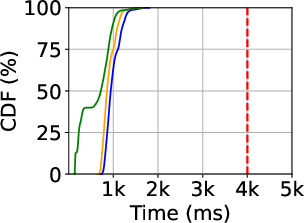
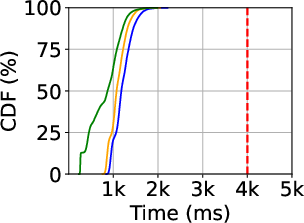

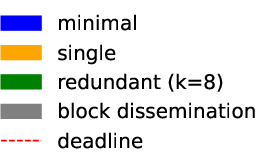
Figure 1: Seeding (from start).
Evaluation and Results
The evaluation reveals that XYZ successfully meets the critical 4-second deadline for DAS under the Danksharding framework. It offers substantial improvements in operational efficiency over baseline approaches like GossipSub and Kademlia DHT.
Key Results:
- XYZ achieves complete sampling within 4 seconds for all nodes in a 10,000-node network using a redundant seeding strategy with minimal bandwidth costs.
- Time to sampling and message overhead demonstrate dramatic improvements over traditional P2P designs, with XYZ's adaptive algorithm providing optimal performance.
- Simulations up to 20,000 nodes confirm the scalability, though challenges arise at this scale, particularly under high node failure scenarios.

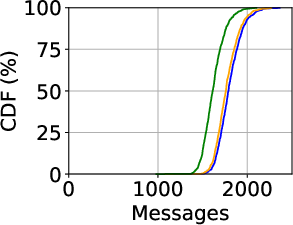
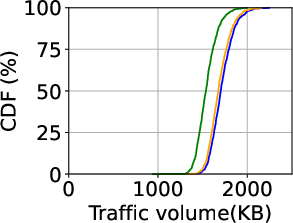
Figure 2: Distribution of messages and traffic volume for fetching across nodes, for different seeding strategies.
Comparative Analysis with Baseline Approaches
In contrast to GossipSub and DHT-based methods, XYZ showcases superior performance in network efficiency and timely data retrieval capabilities. The decentralized, direct node interaction model surpasses the intrinsic latency and overhead constraints posed by existing multi-hop gossip networks.
Conclusion
XYZ establishes an effective framework for integrating DAS into Ethereum's consensus mechanism, addressing the complexity introduced by increased layer-2 data handling requirements. The protocol's focus on one-hop communication and adaptive fetching ensures robust and scalable data availability verification, aligning seamlessly with Ethereum's evolving architecture toward Danksharding.
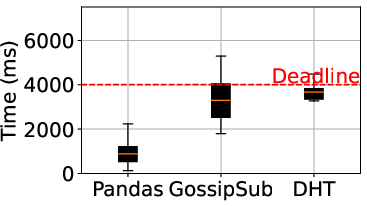
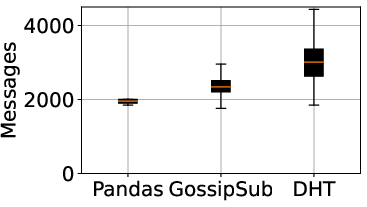
Figure 3: Time to sampling.
Future Directions
Potential avenues for advancing XYZ include exploring dynamic adaptation of seeding and fetching strategies and their integration into the broader Ethereum ecosystem. Proposals for incentivizing participants through cryptoeconomic mechanisms may further enhance the protocol's applicability and effectiveness.









